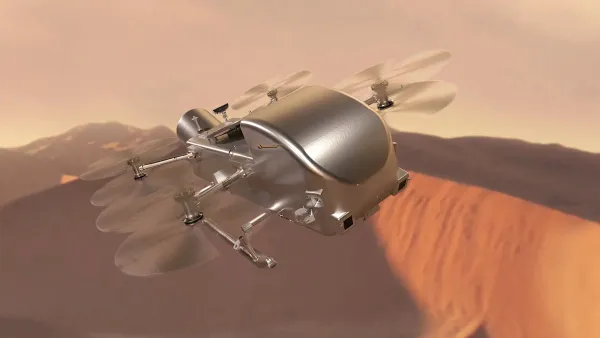NASA has selected the geology team that will develop the surface science plan for the first crewed lunar landing mission in more than 50 years.

NASA’s Artemis III mission will land astronauts, including the first woman to land on the Moon, near the lunar South Pole to advance scientific discovery and pave the way for long-term lunar exploration. The Artemis III Geology Team will work with NASA to determine the mission’s geological science objectives and design the geology surface campaign that the Artemis astronauts will carry out on the Moon during this historic mission. These objectives will be defined in accordance with the established Artemis science priorities.
Jolliff’s research interests include the investigation of planetary materials, conditions of mineral and rock formation, and how these materials change over time in response to planetary-scale processes such as volcanism, impacts, and space weathering. His research includes sample analysis, surface science, and remote sensing, as well as laboratory studies. As a member of the Lunar Reconnaissance Orbiter Camera science team, he investigates the surface of the Moon, relating what can be seen from orbit to what is known about the Moon through the study of lunar meteorites and Apollo samples.
As part of the geology team, Jolliff will help plan the Artemis III astronauts’ science activities during their moonwalks, which will include field geology traverses, observations and the collection of lunar samples, imagery and scientific measurements. The team also will support real-time documentation and initial assessment of scientific data during astronaut lunar operations. Team members will then evaluate the data returned by the mission, including preliminary examination and cataloguing of the first lunar samples collected by NASA since 1972.




